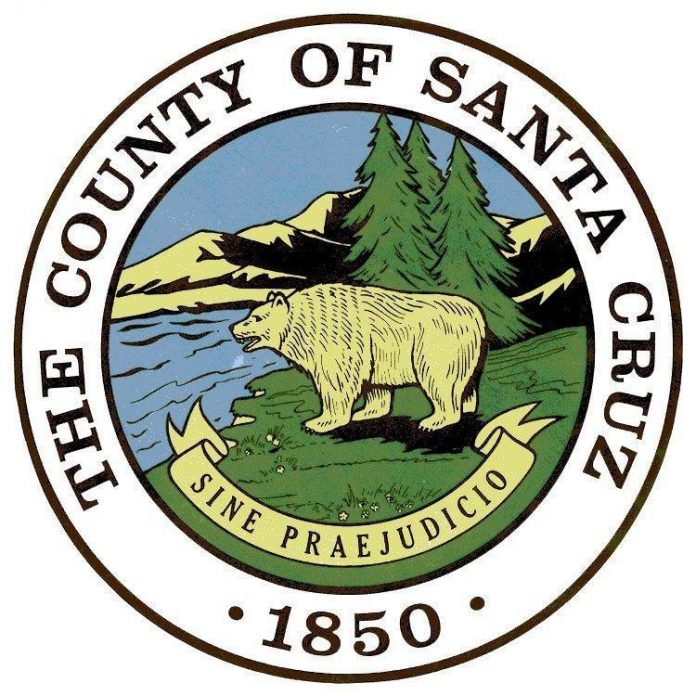Recently, the County won approval from the Central Coast Regional Water Quality Control Board to make it easier for survivors of the CZU Fire to get started on an important aspect of rebuilding their homes.
Rather than going to the Regional Water Board for approval on “enhanced” septic systems under recent state law, the County can issue those permits without survivors having to go through the extra step of seeking state approval. We are committed to making sure this critical step in the rebuilding process goes as smoothly as possible for residents.
First, it may be helpful to the community to review how the regulations came to be. Existing septic regulations are the result of AB 885, which was originally passed by the State Legislature in 1999 to enhance environmental protections by ensuring septic systems aren’t contaminating local water resources—in our case, the San Lorenzo River and smaller creeks are vulnerable to contamination. AB 885 governs 1.2 million septic systems throughout California, but was never formally implemented until after 2011, when two environmental groups—Heal the Ocean and Heal the Bay—filed suit to force the regulations into practice.
While the goals of this legislation are noble and shared by most residents—environmental protection and enhanced water quality—the new regulations do require enhanced septic systems for some new construction or where environmental concerns include the threat to groundwater and local habitat. These state requirements are highly dependent on individual circumstances, and most expanded or repaired systems will not need to be upgraded, whether in the CZU burn area or not.
Fortunately, the regulations allow those rebuilding after a disaster to replace their old septic systems without having to pursue the more costly enhanced systems. The rules give survivors some flexibility. As long as they’re not adding bedrooms, homeowners can add—in most circumstances—up to 500 additional square feet to a rebuild without triggering enhanced septic system requirements.
There are some special circumstances in which homeowners must still install an enhanced septic system, however. They include cases where the septic system is located too close to rivers, creeks or waterways; or where a seepage pit is too close to their drinking water well (or a neighbor’s); or where the system is located too close to public drinking water wells or surface water intakes.
Much of the CZU Fire was in areas where these circumstances won’t apply. However, for those residents living along creeks and rivers and who may be subject to enhanced septic requirements, the County is working on solutions to reduce the burden.
To support businesses and residents living in and near downtown Boulder Creek, the County is looking at expanding the Boulder Creek Sanitation District to allow more businesses and homes to connect to the sewer system. This will include some of those locations along creeks and rivers that have the enhanced system requirement. Expanding the sewer system is an expensive proposition, but the County is seeking state and federal funding to offset some of the cost. A sewer connection will solve the problem of expensive septic work for many residents.
At some point within the next five years, voters in Boulder Creek could vote on the proposal. However, we are offering survivors a chance to postpone meeting the requirements for enhanced septic until that vote, provided they agree to hook up their property to the future sewer expansion if voters approve. It’s less costly for survivors, and better for the environment.
The County’s goal remains to lower and remove as many barriers as possible for survivors. We have set up a dedicated permit center, reduced and eliminated fees and allowed survivors to waive geologic requirements. We share the community’s goal of wanting to see our neighbors rebuild their lives here and are going the extra mile to make the process as easy as possible.
For more information on the County’s Local Area Management Program from Onsite Wastewater Treatment Systems, visit tinyurl.com/348kdnss.
Marilyn Underwood, Ph.D., is the Environmental Health Director for Santa Cruz County.









